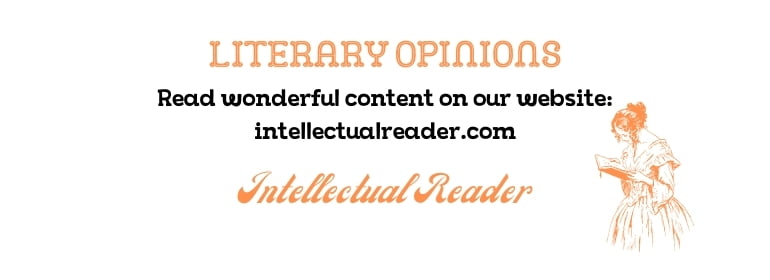Who will not like reading the wonderful story of Ramayana once again? Who won’t admire a recreation of the Arun Govil’s Ramayana with more effects and HD videography? What would be better than seeing Sri Krishna take on Kansa’s death-messengers with intricacies that would be fantastic with modern, state-of-the-art technology used in Bollywood? However, who would like to see Ravana as the hero and Ram as the villain? Who would like to watch Sri Krishna having ‘sexual’ attraction for Draupadi? Well, these are the questions that might find no straight answers! However, these questions are being posed by the filmmakers and authors, novelists and poets of the day and modern readers are baffled, confused and even ecstatic to read a Derridian dilemma. Let’s try to explore the modern world of fiction that has emerged from the forgotten or ignored thus far history.
Let’s begin with Amish Tripathi’s dazzling descriptions of Gods, Goddesses, wars and Asuras… Somras can harm people. Somras can be deadly. Lord Shankara had side-effects of drinking Somras and that’s why his neck became blue… well, there are many and many of such examples in Amish-written novels and these details might be baffling for anyone who has read the original accounts ancient Hindu literature. While creative liberty allows you to make a donkey the PM aspirant and whatever, there should be something that might hold the entire set of threads together.
Talking about Anand Neelakantan, he is a wizard of the unconscious. He can make Ravana and overnight hero and turn Ram and all those who were on the side of Dharma into villains who were not happy with Adivasis, the inhabitants of the forest lands. What is the catch here? While these authors and most of their admirers deny the existence of Ram and call it merely fiction, they very much acknowledge and assert the existence of Ravana and don’t delay in giving his existence a contemporary political colour – dalit, marginalised, adivasi and so on…
Discussing these things with literary scholars, critics and intellectuals from both the sides of the line dividing them, known as ideology – left and the right – many thoughts emerge. While some may shrug it off as mere freedom of creative expression, there are many who believe that literature has always been a tool for propaganda in the hand of the authors and this is guided by their allegiance to the political or ideological belief. Whatever be the case, if any author shows absurdity-driven aspects of legendary stories and history that we already know, we can counter that with our own learning and rational thinking. However, the generation which seldom knows anything about the fiercest warrior Kartikeya can only be misled by the assertions of the novelist of the day… they can even be deluded into believing that Ram and Sita had their education together and they were egoistic towards each other since the very childhood…
I am not standing against this freedom. I am not standing against anything that a novelist produces. However, I will stand against the duplicity when it comes to creative freedom in a different domain – Salman Rushdie has been exiled! Charlie Hebdo has been treated savagely! The literature on a particular religion meets deadly fate and literature on another particular religion is banned, asked from Popes if they can approve the same… however, one religion, followers of one religion and believers on one faith have become the most common hanging sand box – punch as hard as you can! This only exposes the cowardice of the authors who can write Asura – read Asura book review – and The Palace of Illusions – read The Palace of Illusions book review – and so on and so forth.
For Intellectual Readers, Madhav

